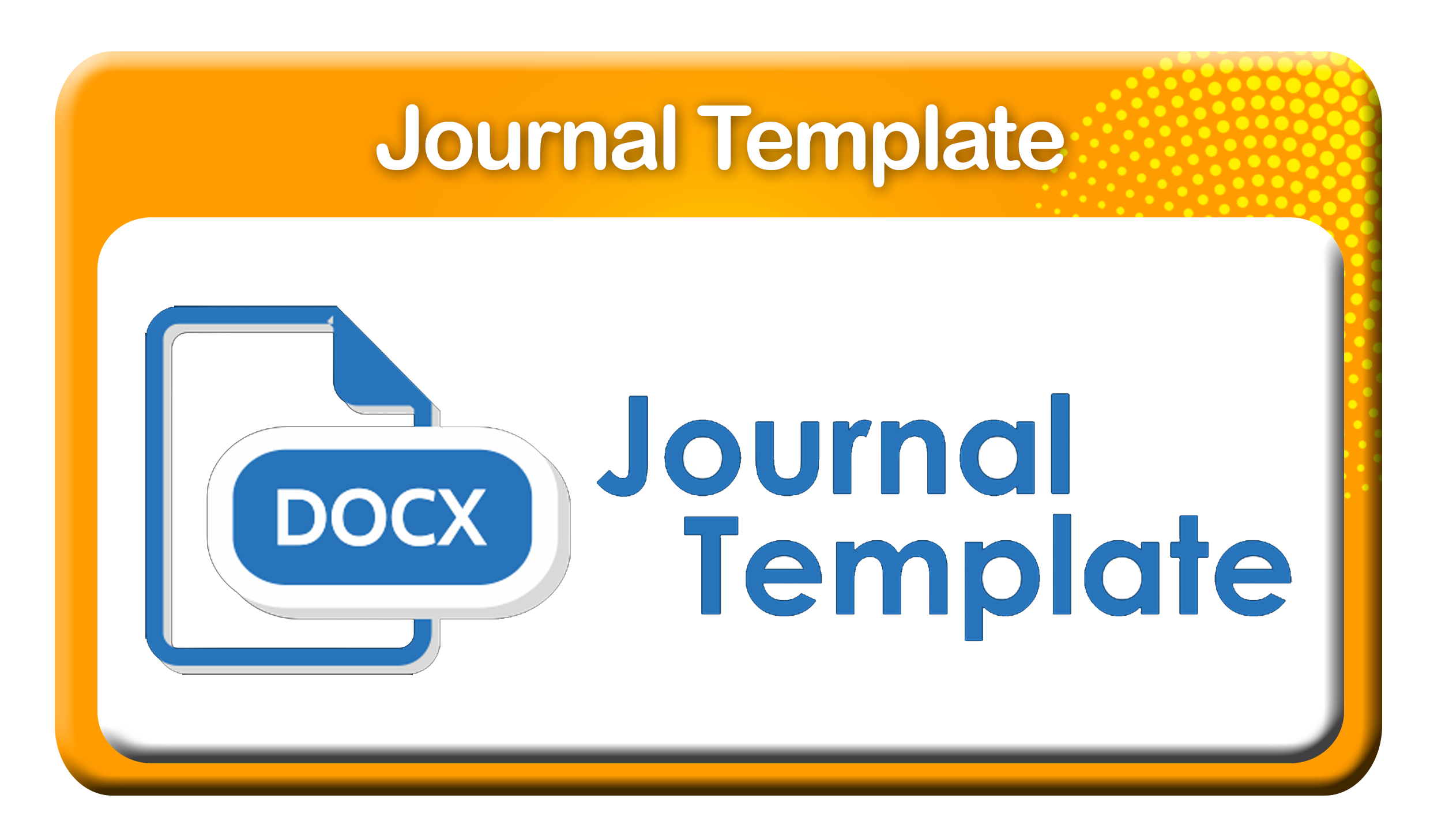THE FAMILY FINANCIAL LITERACY TRAINING FOR HEALTHY AND RESPONSIBLE DEBT MANAGEMENT
DOI:
https://doi.org/10.58526/ezrasciencebulletin.v3i1.278Keywords:
financial literacy, debt management, family training, debt ratio, repayment strategies, financial decisionsAbstract
Debt management is an important thing, especially in a family. If debt is not managed properly, it can pose risks both financially and socially for the family. The purpose of this study was to evaluate the effectiveness of family financial literacy training so that family debt management becomes healthier and more responsible. The research method is a quasi-experimental approach and a pretest-posttest tool conducted on PKK RT3 mothers training participants in Griya Beringin Asri Housing. The training materials include how to manage income, calculate debt ratio limits, and strategies for debt repayment. The results of this study are that there is a significant increase in training participants regarding debt risk, payment priority scales, and considerations in making wiser family financial management decisions. Based on these findings, it can be seen that community service activities with the theme of financial literacy training based on debt management can be used as a fairly effective intervention in improving family financial health.
References
Lusardi, A., & Mitchell, O. S. (2014). The Economic Importance of Financial Literacy: Theory and Evidence. Journal of Economic Literature, 52(1), 5–44. https://www.aeaweb.org/articles?id=10.1257/jel.52.1.5
Atkinson, A., & Messy, F.-A. (2012). Measuring Financial Literacy: Results of the OECD / International Network on Financial Education (INFE) Pilot Study. OECD Working Papers on Finance, Insurance and Private Pensions, No. 15. https://doi.org/10.1787/5k9csfs90fr4-en
Huston, S. J. (2010). Measuring Financial Literacy. Journal of Consumer Affairs, 44(2), 296–316.
Xiao, J. J., Chen, C., & Sun, L. (2011). Age differences in consumer financial capability. International Journal of Consumer Studies, 35(2), 212–222.
Mann, R. J. (2012). Bankruptcy Reform and the “Sweat Box” of Credit Card Debt. Illinois Law Review.
OECD/INFE. (2020). 2020 International Survey of Adult Financial Literacy.
Sukmawati, R. & Rukmana, I. (2024). Pelatihan Pengelolaan Keuangan Keluarga untuk Masyarakat. Jurnal Gotong Royong, Vol. 1 No. 1. https://jurnal.unived.ac.id/index.php/goro/article/download/6296/4434/
Mulyani, L., & Dewi, N. (2024). Pelatihan Manajemen Keuangan Rumah Tangga untuk Meningkatkan Literasi Keuangan. Jurnal Sains dan Generasi, Vol. 2 No. 1. https://ojs.ukip.ac.id/index.php/jsg/article/download/291/342
Downloads
Published
How to Cite
Issue
Section
License
Copyright (c) 2025 Maulana Ghani Yusuf, Wulan Oktabriyantina, Deny Cahyadinanto Sanjoko, Navi’ah Khusniati (Author)

This work is licensed under a Creative Commons Attribution-ShareAlike 4.0 International License.
Copyright @2022. This is an open-access article distributed under the terms of the Creative Commons Attribution-ShareAlike 4.0 International License (https://creativecommons.org/licenses/by-sa/4.0/) which permits unrestricted commercial used, distribution and reproduction in any medium
Ezra Science Bulletin is licensed under a Creative Commons Attribution-ShareAlike 4.0 International License.





